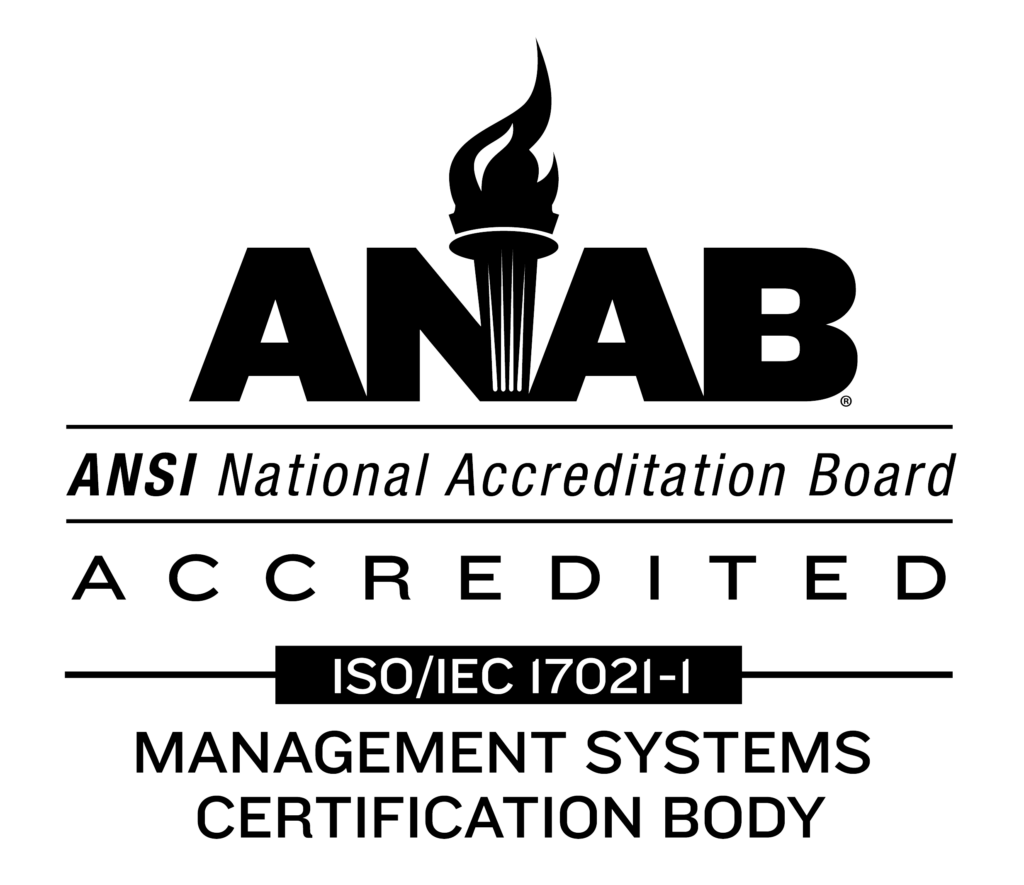Image courtesy of Flickr Creative Commons
You need to link a two production sites together in your IIoT network in order to move critical voice, video, data and sensor data (VVDS™) between the sites by deploying access points. So, you consider using industrial Wi-Fi Access Points to implement this short-haul, point-to-point (PTP) RF link between the two sites. Short-haul RF links out to 8 miles are very doable using industrial Wi-Fi Access Points with directional antennas.
You evaluate potential Wi-Fi Access Points from their data sheet specs. This is given, and you select one.
Now, there is one specification that is commonly misunderstood and leads to confusion when evaluating MIMO capable Wi-Fi Access Points and using them in either PTP or point-to-multipoint (PMP) IIoT networks as wireless infrastructure.
Confusion and mistakes arise from the difference between the transmit power stated on the product data sheet and the transmit power of a single MIMO data stream of the Access Point.
For example, a 3×3 MIMO Access Point data sheet states the transmit power is 27dBm for MCS4/12/20 data encoding in either the 2.4 or 5GHz band.
This is typical, and not a surprise, but what is this transmit power really stating.
The FCC limits and regulates maximum transmit power from an intentional emitter, e.g. Wi-Fi Access Points. For Wi-Fi devices, the limits apply to the aggregate transmit power of the device. In above product spec example, the transmit power stated is the aggregate transmit power for the 3 MIMO data streams.
Still good? Yes. You have a Wi-Fi Access Point and the total transmit power is 27dBm.
Now, you design your short-haul PTP link using Wi-Fi Access Points and directional antennas.
What transmit power do you use in your RF link budget?
27dBm since it is the transmit power for the Access Point for the data encoding and the band you plan to use. Right?
No.
While 27dBm is the total aggregate transmit power for the Access Point, it is not the transmit power of an individual data stream. The individual data stream transmit power is roughly 5dB less than the aggregate transmit power found in the data sheet for a 3×3 MIMO product.
Difference in Transmit Power versus Aggregate Power
- 1 Data Stream transmitting at 22dBm — Aggregate Transmit Power is 22dBm
- 2 Data Streams transmitting at 22dBm — Aggregate Transmit Power is 25dBm
- 3 Data Streams transmitting at 22dBm — Aggregate Transmit Power is 27dBm
So here it is…
If you use the transmit power from the data sheet in your RF link calculation without correction, your actual link distance will be approximately half what you expect for the planned fade margin or the link reliability will be less than what you expect for the planned link distance.
When designing RF links for the IIoT networks, make certain you are using the correct transmit power in your RF link budget calculations.





